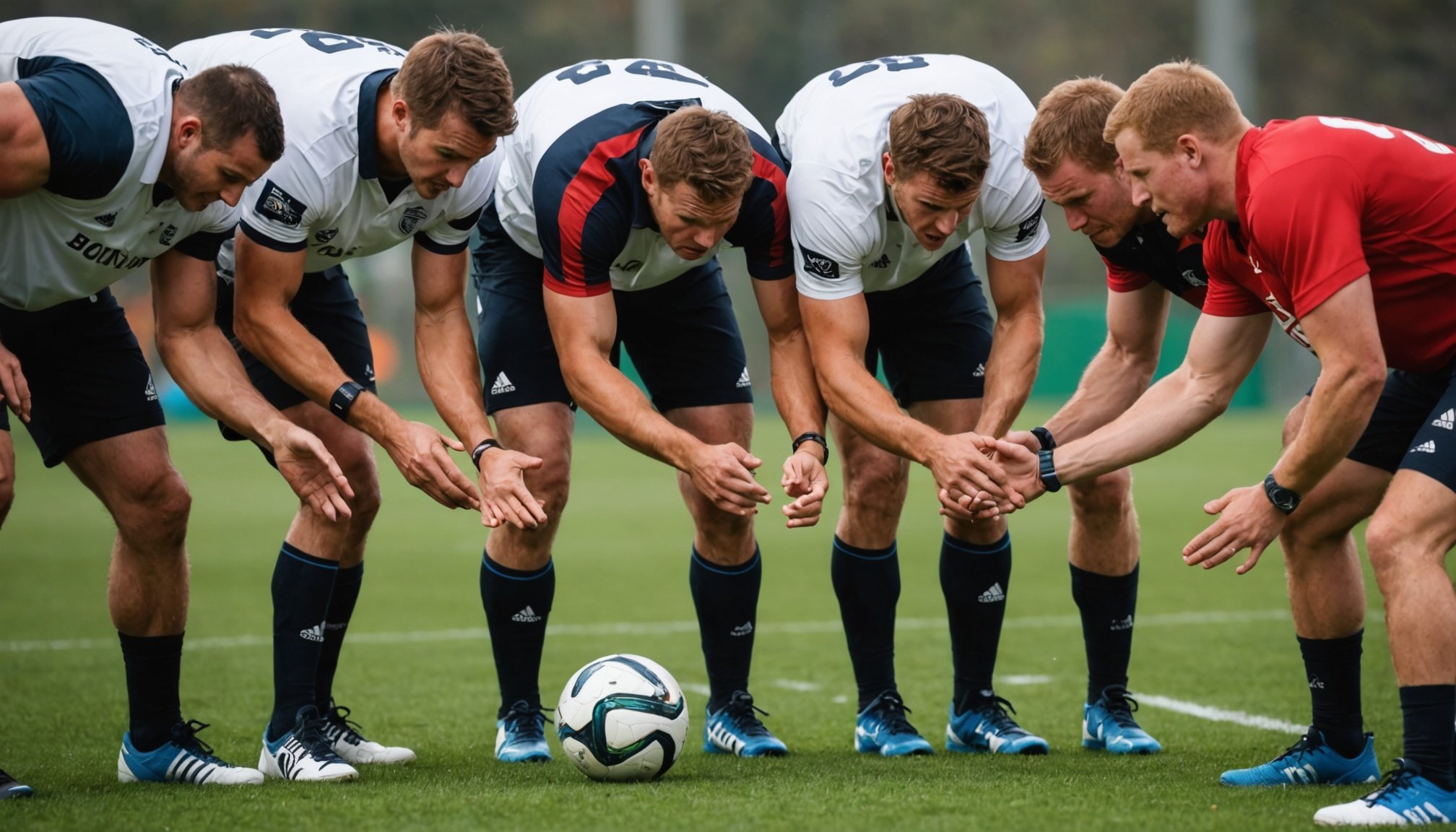In the world of sports, the performance of a team relies heavily on the interplay between its members. Understanding team dynamics is crucial for coaches, players, and anyone involved in athletics. These dynamics can either propel a team to greatness or lead to its downfall. In this article, we will explore how team dynamics influence performance in team sports and discuss practical strategies to enhance these dynamics for optimal results.
Understanding Team Dynamics in Sports
Team dynamics encompass the behavioral relationships among group members. Each team consists of diverse players with unique skills, personalities, and backgrounds. When these individuals come together with a common goal, the cohesion of the group plays a significant role in determining the team’s success.
In the same genre : What are the most common dietary mistakes made by amateur athletes, and how can they be avoided?
Effective communication is a cornerstone of positive team dynamics. When members can express ideas, concerns, and feedback openly, they foster a supportive environment. This leads to improved teamwork, where athletes feel valued and understood. Conversely, a lack of communication can create misunderstandings and conflict, which negatively impacts the team’s performance.
Another vital aspect of team dynamics is the role of leadership. A strong leader can guide the team towards its goals, inspire motivation, and manage conflicts. Leaders set the tone for building trust and respect among members. Without effective leadership, a team may struggle to find its identity and direction, ultimately affecting its performance on the field.
Also to discover : What are the potential benefits of meditation for athletes in high-pressure competitions?
In summary, understanding the intricacies of team dynamics is essential for anyone involved in team sports. It not only helps in identifying strengths and weaknesses within the group but also forms the foundation for enhancing overall performance.
The Impact of Cohesion on Team Performance
Cohesion among team members significantly influences performance. High cohesion means that players work well together, trust each other, and are committed to the team’s goals. This environment fosters collaboration, leading to improved performance on the field.
When athletes feel connected to their peers, they are more likely to put forth their best effort. They understand the importance of each member’s contribution and are motivated to support one another. This collective spirit can be seen during critical moments in games when players rely on each other to execute strategies effectively.
On the contrary, low cohesion can lead to fragmentation within the team. Players may focus on individual achievements rather than the success of the group. This mindset can result in poor decision-making and reduced overall performance. Teams that lack unity often experience conflicts, miscommunication, and a breakdown in trust, all of which are detrimental to achieving their objectives.
To promote cohesion, teams can engage in team-building activities. These activities can help strengthen interpersonal relationships and build trust among members. For instance, participating in social events or collaborative exercises outside of regular practice can enhance relationships. It is also essential to create an inclusive environment where every athlete feels valued and heard. When players believe they are vital parts of the team, their commitment to the collective goal increases, leading to enhanced performance.
Strategies to Enhance Team Dynamics
Improving team dynamics requires intentional strategies that focus on communication, leadership, and cohesion. Here are several actionable approaches to create a more effective team environment.
First, fostering open and honest communication is crucial. Coaches and members should promote an atmosphere where feedback is not only accepted but encouraged. Regular team meetings can be beneficial in discussing performance, addressing concerns, and celebrating successes. During these meetings, every member should have the opportunity to voice their opinions and contribute to discussions. This practice reinforces that every athlete has a role in shaping the team’s journey.
Second, investing in leadership development can elevate a team’s performance. Leadership training for both coaches and players can enhance understanding of various leadership styles and their impact on team dynamics. By empowering individuals within the team to take on leadership roles, you create a culture of shared responsibility and accountability.
Lastly, engaging in team-building activities can strengthen relationships among members. These activities can range from skill development workshops to recreational outings. The goal is to encourage collaboration, trust, and mutual respect. When players bond outside of their sport, they often develop a deeper understanding of each other’s strengths and weaknesses. This familiarity translates into better performance during competition.
The Role of Individual Contributions in Team Success
While team dynamics are critical, it is also essential to recognize the importance of individual contributions. Each player brings unique skills and perspectives to the group. Understanding how to leverage these individual strengths can enhance overall performance.
Recognizing individual achievements within the team fosters motivation. When members know their contributions are valued, they are more likely to put in the effort to improve their skills. Coaches should ensure that individual accomplishments are celebrated alongside team victories. This approach reinforces the idea that while success is a group effort, each athlete plays a pivotal role.
Moreover, providing personalized feedback can help athletes grow. Coaches should take the time to understand each player’s learning style and areas for improvement. Tailored coaching not only boosts individual confidence but also enhances the collective performance of the team.
Balancing individual and teamwork is crucial for optimal outcomes. While collective efforts matter, recognizing the power of individual contributions can create a more motivated and effective team. By valuing both the group and its individual members, a team can achieve remarkable success on and off the field.
In conclusion, team dynamics profoundly impact performance in team sports. Understanding the nuances of cohesion, communication, and individual contributions can lead to significant improvements in how a team operates. By fostering an environment that values open communication, strong leadership, and collaboration, teams can enhance their performance and achieve their goals.
As you consider the dynamics within your own team, remember that every member contributes to the overall success. Investing time and resources into improving these dynamics will not only benefit your team in the short term but will also lay the foundation for future achievements. Together, with the right strategies and mindset, your team can reach new heights in sports.











